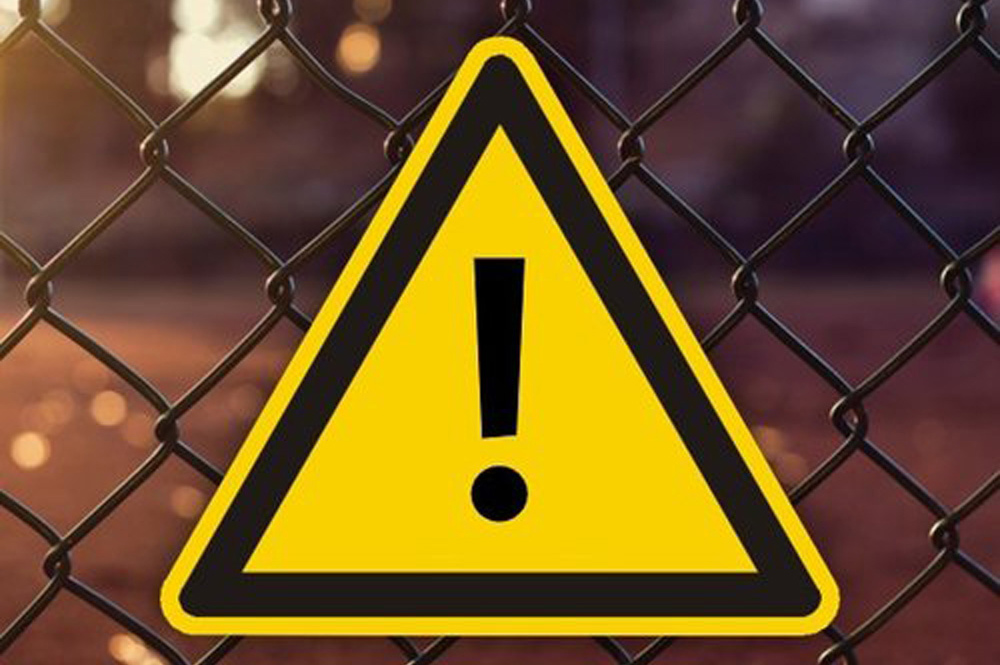What Safety Inspector Needs to Know
What is NFPA 790/791? NFPA 790 – Standard for Competency of 3rd Party Field Evaluation Bodies NFPA 791 – Recommended Practice and Procedures for Unlabeled Electrical Equipment Evaluation were published by the National Fire Protection Association (NFPA) in 2013. Together, NFPA 790 and 791 act as guidance documents for AHJs and offer a recommended framework for managing the evaluation and labeling process for uncertified electrical equipment. Prior to the publication of NFPA 790 and 791, AHJs did not have a formal process for recognizing Field Evaluation Bodies. NFPA 790 and 791 are resources which AHJs can use to manage field evaluation activities and formally recognize third parties performing field evaluations in their jurisdictions. Both standards are significant to the 2017 National Electric Code (NFPA 70) which for the first time references Field Evaluation Bodies (FEB). What is an FEB What do they do and why are they important? FEBs are third-party conformity assessment bodies which evaluate unlisted electrical equipment to determine compliance with national product safety standards. They are referred to as Field Evaluation Bodies because the evaluations take place on-site at points of installation rather than in a laboratory-setting. They fill the gap for equipment that is not subject to a traditional certification or safety listing.



